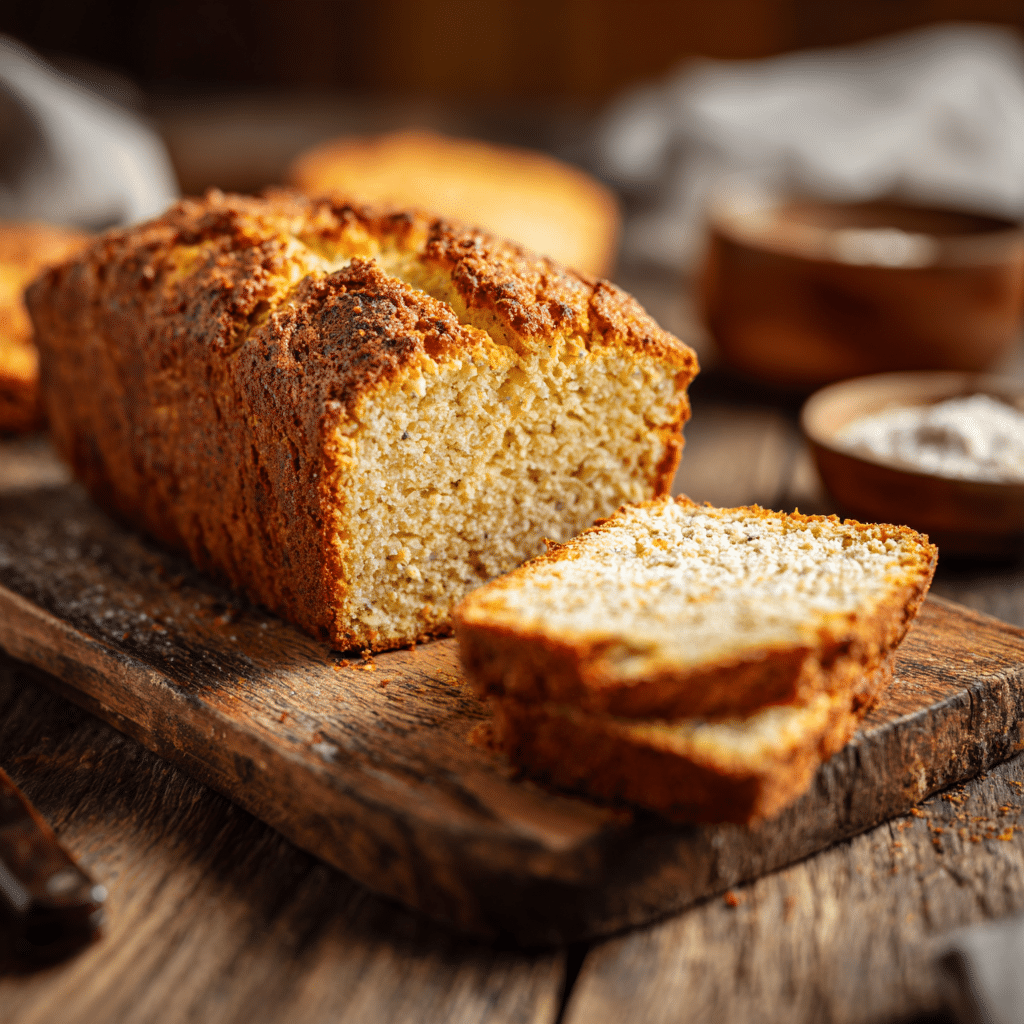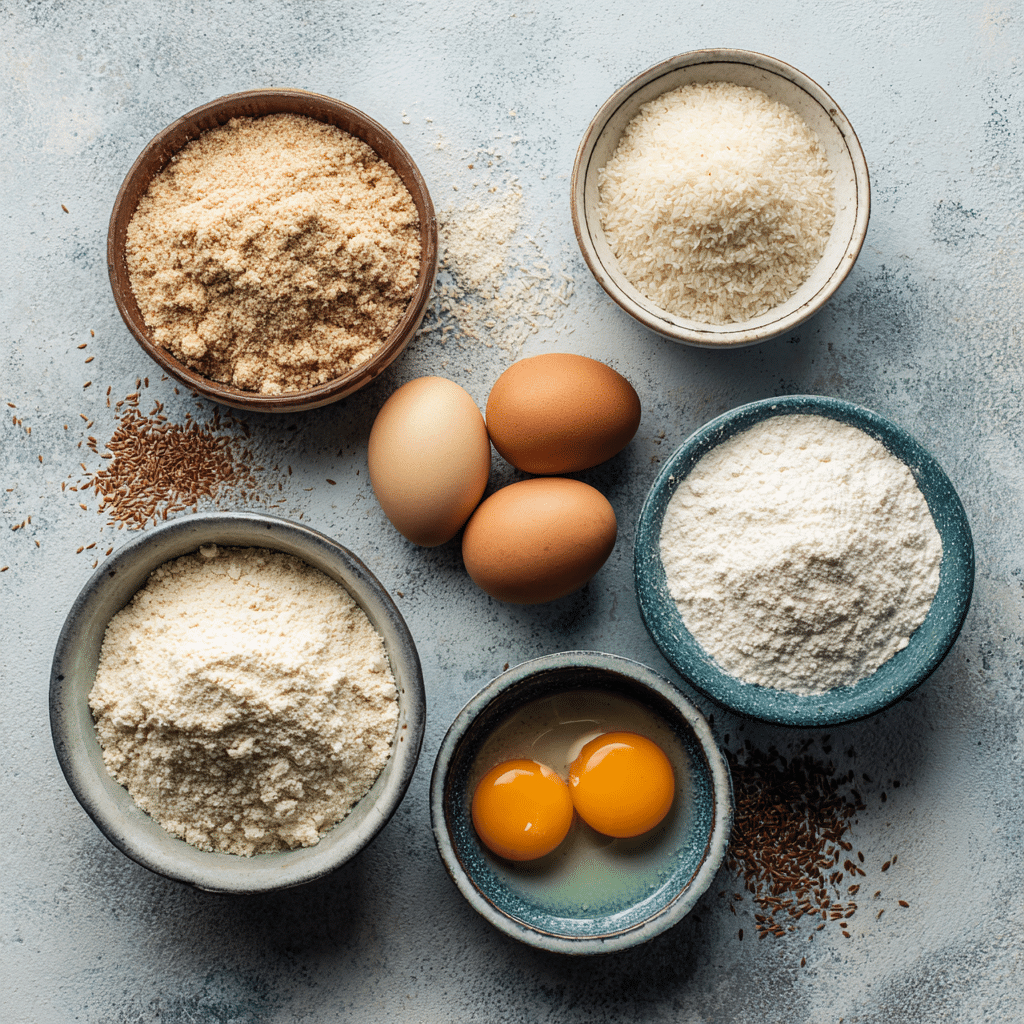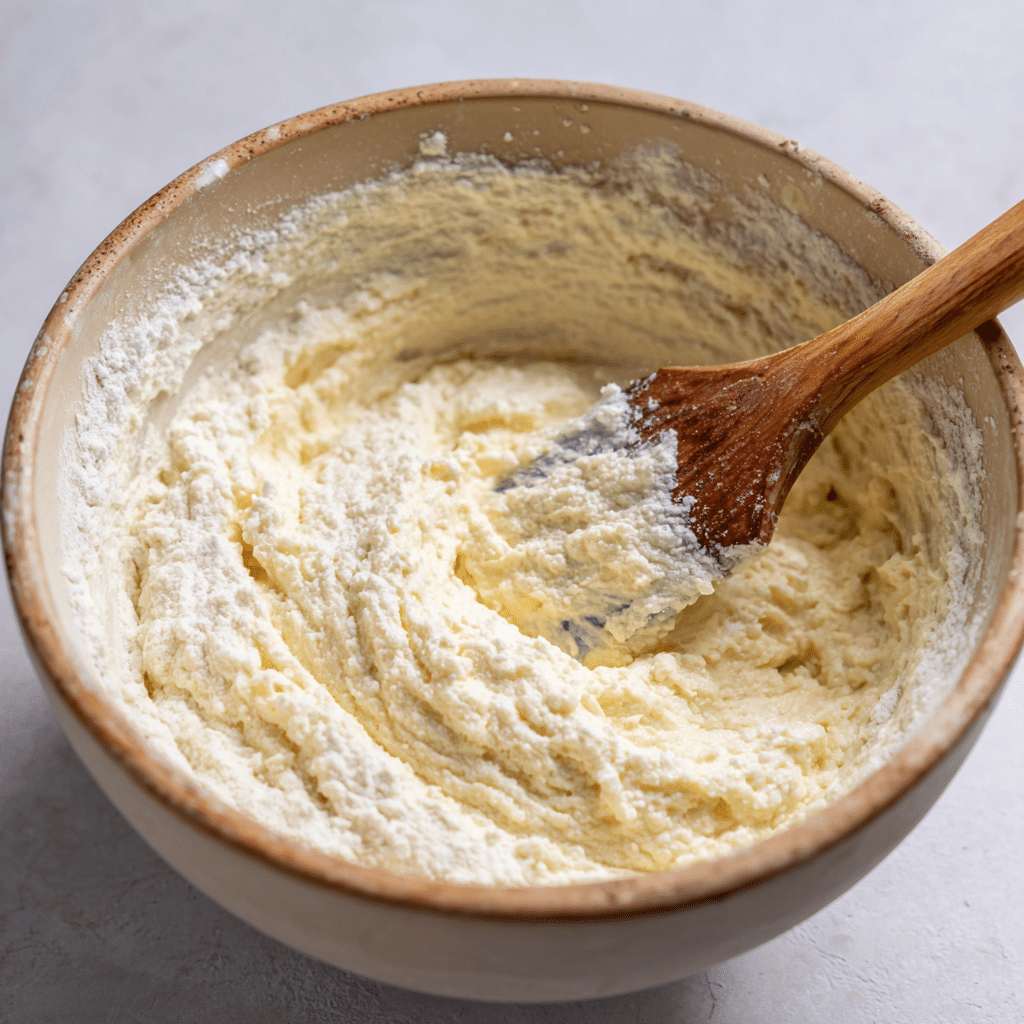When I first heard about keto bread, I was skeptical. Bread without carbs? That sounded like a contradiction—until I tried it. As someone who once relied on boxed pasta and takeout, learning to bake a loaf that’s both low‑carb and comforting felt like discovering a secret shortcut to eating better without missing out. In this guide, we’re diving into everything about keto bread—from the flours that make it work to what’s actually missing from it, how much you can eat, and whether store‑bought brands like Nature’s Own are the real deal. Let’s start with the story behind my first golden, grain‑free loaf.

Keto Bread: The Ultimate Guide to Low‑Carb Baking
- Total Time: 1 hr
- Yield: 12 slices 1x
Description
A soft, golden, low-carb keto bread made with almond and coconut flour—perfect for sandwiches or toast.
Ingredients
2 cups almond flour
1/3 cup coconut flour
2 Tbsp psyllium husk
1 Tbsp baking powder
1 tsp salt
4 large eggs
1/2 cup Greek yogurt or sour cream
2 Tbsp vinegar
Instructions
Preheat oven to 175°C (350°F). Grease a 9×5 loaf pan. In a bowl, whisk almond flour, coconut flour, psyllium husk, baking powder, and salt. In another bowl, beat eggs, Greek yogurt (or sour cream), and vinegar until smooth. Fold wet ingredients into dry until just combined. Transfer batter to loaf pan, smooth the top. Bake for 45–55 minutes until golden and firm. Let cool completely before slicing.
Notes
Let the loaf rest for at least an hour before slicing.
Store sliced bread in fridge up to 5 days or freeze for longer storage.
- Prep Time: 10 mins
- Cook Time: 50 mins
- Category: Bread
- Method: Baking
- Cuisine: American
Nutrition
- Serving Size: 1 slice
- Calories: 150
- Sugar: 1g
- Sodium: 200mg
- Fat: 12g
- Saturated Fat: 3g
- Unsaturated Fat: 7g
- Trans Fat: 0g
- Carbohydrates: 4g
- Fiber: 2g
- Protein: 6g
- Cholesterol: 55mg
Why Keto Bread Became a Game‑Changer
How I rediscovered homemade keto bread
I still remember pulling that first loaf of keto bread from the oven. Golden, crusty, and warmly nutty—it smelled like success. I’d never thought a low‑carb loaf could feel so comforting. Before keto, my food habits were stuck: pasta lunches, take‑out dinners, a salty boxed pasta recipe that I could throw together blindfolded. But that first keto loaf changed everything. It reminded me how magical cooking can feel, much like when I nailed that corned‑beef recipe on Desire Meals. You’ll find that same sense of accomplishment and flavor in every bite.
Remembering that first perfect slice
I sliced it too early, of course, and watched fluffy steam drift upward. The crust was crisp; the inside, tender. I remembered craving the buttery almond notes long after breakfast. If you’re baking a loaf, try cooling it fully—that resting time transforms the texture and flavor. And if you’d rather skip the bake time, the instant‑pot seafood boil post can wait—this keto magic is worth it.
What’s Actually in Keto Bread
Core ingredients of keto bread
The magic of keto bread lies in smart swaps. Almond flour gives it structure and healthy fats; coconut flour absorbs moisture and lightens the texture; psyllium husk mimics the chewiness of gluten. Add eggs, a pinch of salt, baking powder, and sometimes vinegar, and you’re set. You can experiment the way you would with your cloud-cake recipe—fluffy, versatile, and always a surprise.
| Ingredient | Role in Keto Bread |
|---|---|
| Almond flour | Structure, moisture, rich flavor |
| Coconut flour | Lightens texture, absorbs moisture |
| Psyllium husk | Creates chewiness similar to gluten |
| Eggs | Binder, rise, structure |
| Baking powder | Leavening |
| Salt, vinegar | Flavor balance, rise enhancement |

Store‑bought keto loaves: a closer look
Brands like Nature’s Own boast “1 g net carbs,” but are they truly keto? Technically yes—their high fiber offsets carb count. But their ingredient list includes wheat gluten and soy, which some keto adherents avoid. Homemade loaves let you control every part. Still, a store‑bought loaf can be a convenient fallback, especially when paired with your favorite Tex‑Mex paste chicken salad.
Pros & Cons: Is Keto Bread Worth It?
Benefits of baking your own keto bread
- Control over ingredients and macros
- Freshness and flavor on your terms
- Creativity—add rosemary, garlic, seeds
- Cost‑effective compared to speciality loaves
Plus, baking gives you that same pride you feel when mastering the caramel‑brulee latte at home.
Downsides & what’s missing in keto bread
- Texture can be different—denser, eggier
- Lacks gluten and whole grains → fewer micronutrients
- Often lower in fiber unless you add psyllium
- Egg sensitivity? Try flax or chia eggs
Psyllium husk helps a ton. If you’re missing crumb structure, using a cloud cake tip—separating egg whites to make a cloud bank—can work wonders here too.
How to Make Perfect Keto Bread at Home
Step‑by‑step method
- Preheat oven to 175°C (350°F); grease a 9×5 loaf pan.
- Whisk 2 cups almond flour, ⅓ cup coconut flour, 2 Tbsp psyllium husk, 1 Tbsp baking powder, 1 tsp salt.
- Beat 4 eggs, ½ cup Greek yogurt or sour cream (optional), 2 Tbsp vinegar.
- Fold wet into dry until combined—don’t overmix.
- Transfer to pan, smooth top, and bake for 45–55 min until golden and firm.
- Cool fully before slicing for best texture.
Tips for best texture and flavor
- Sift almond flour to avoid clumps.
- Swap sour cream for Greek yogurt for tang.
- Add seeds or herbs before baking for flavor bursts.
- Let the loaf rest overnight—this improves structure and flavor.

This loaf pairs beautifully with salmon-rub sandwiches or alongside your favorite DesireMeals high-protein chicken salad.
Conclusion
Keto bread isn’t just a carb swap—it’s an opportunity to reclaim comfort food in a healthy, guilt-free way. Whether you bake from scratch or choose a smart store-bought loaf, you’re gaining flavor, control, and joy in the kitchen. Try the recipe above, play with textures, and embrace the small triumphs—like that perfect first slice.
Find more recipes on our Pinterest and Medium pages—new ones added all the time!
FAQs
What bread is actually keto?
Keto bread must be low in net carbs (≤5 g per slice) and high in healthy fats. Homemade loaves made with almond and coconut flour, psyllium husk, and eggs fit the bill. Store‑bought options like Nature’s Own qualify if they list fiber that offsets carbs—but always read labels carefully.
What is missing in keto bread?
Keto bread lacks gluten and whole-grain nutrients and often has less fiber unless psyllium is included. It can also provide less B vitamins and minerals found in wheat flour. You can add seeds, nuts, or fiber supplements to boost its nutrition.
How many slices of keto bread can you have per day?
This depends on your macros. If you’re on a 20–30 g net carb keto diet, two slices (~3 g net carbs each) would fit easily. Some recipes yield just 1–2 g per slice, letting you enjoy 3–4 slices while staying in range.
Is Nature’s Own keto bread actually keto?
Yes, it meets keto macro guidelines—1 g net carb per slice, thanks to added fiber. But its long list of ingredients (wheat gluten, soy) may not align with clean-keto standards, meaning homemade or simpler store brands might be better for ingredient-focused keto eaters.

